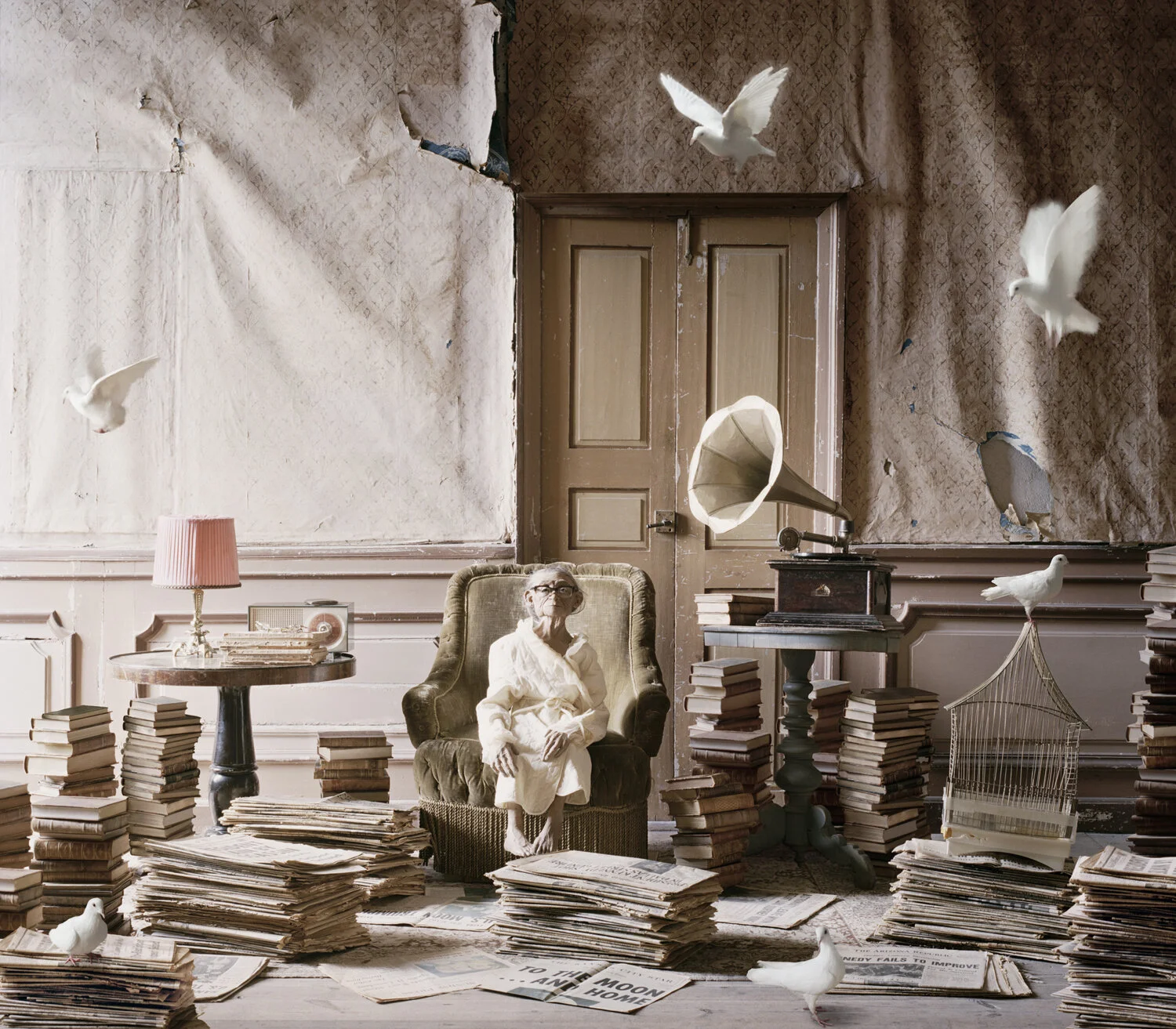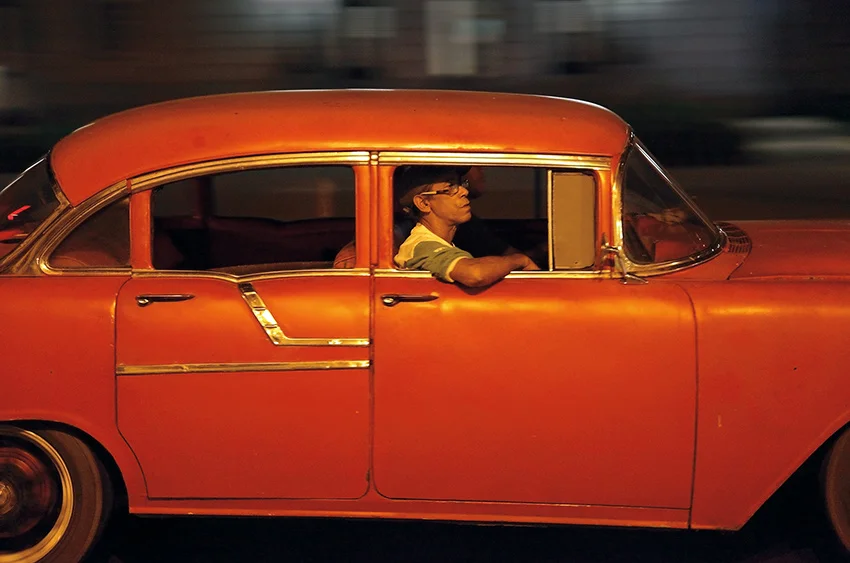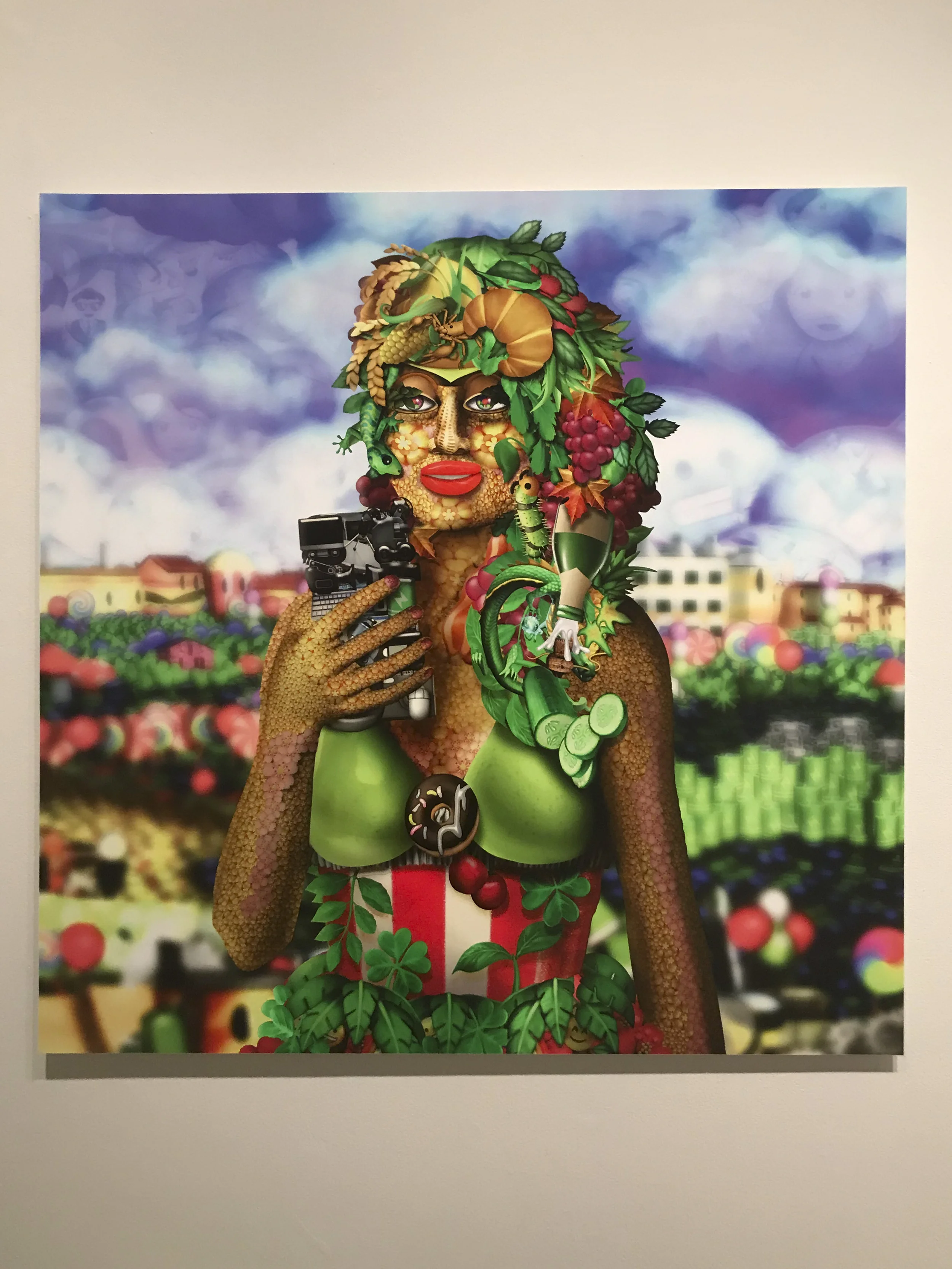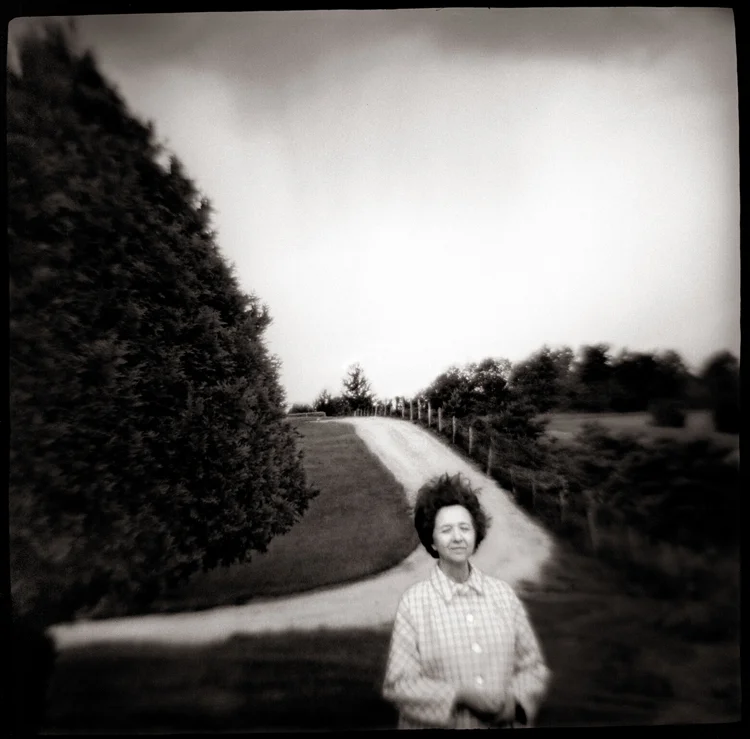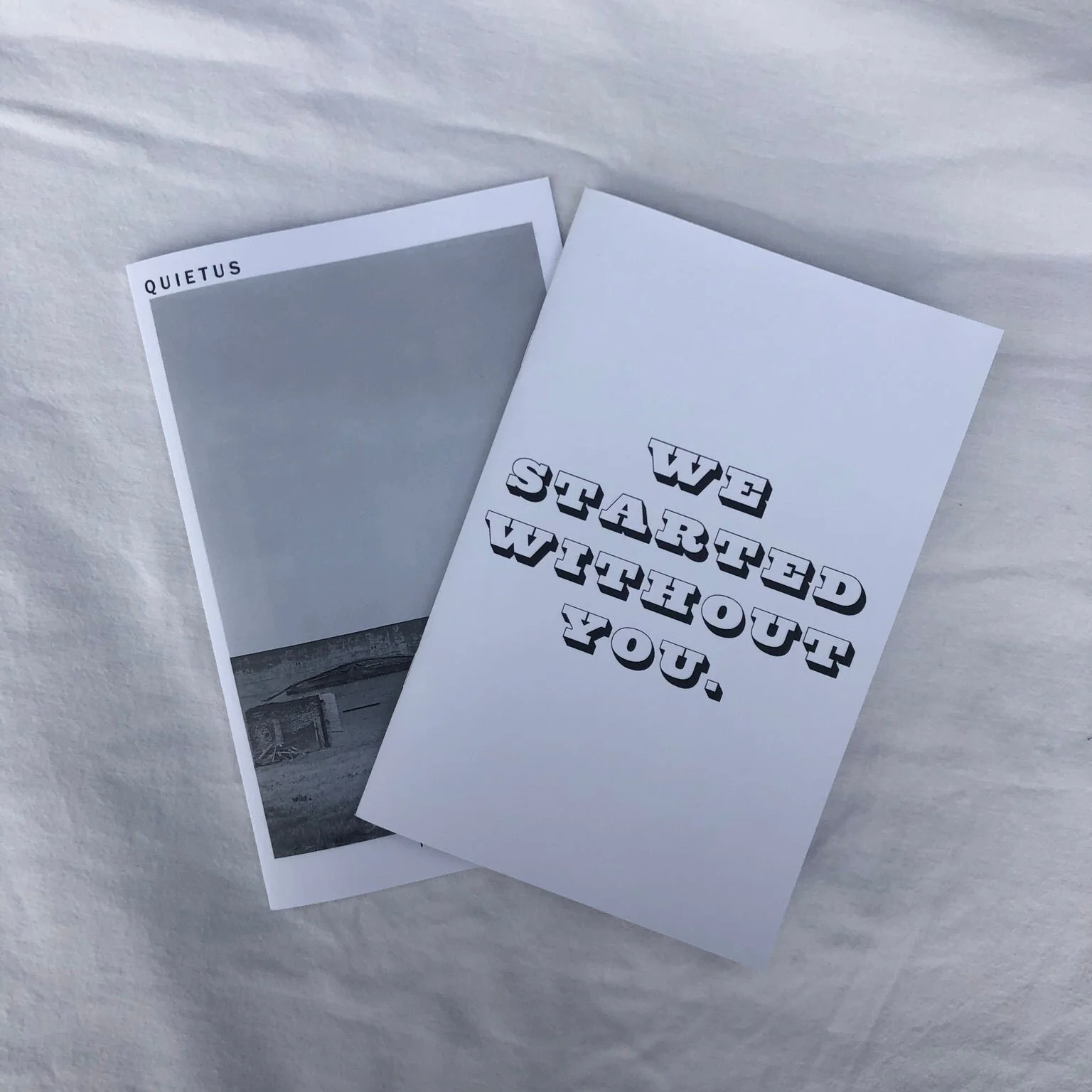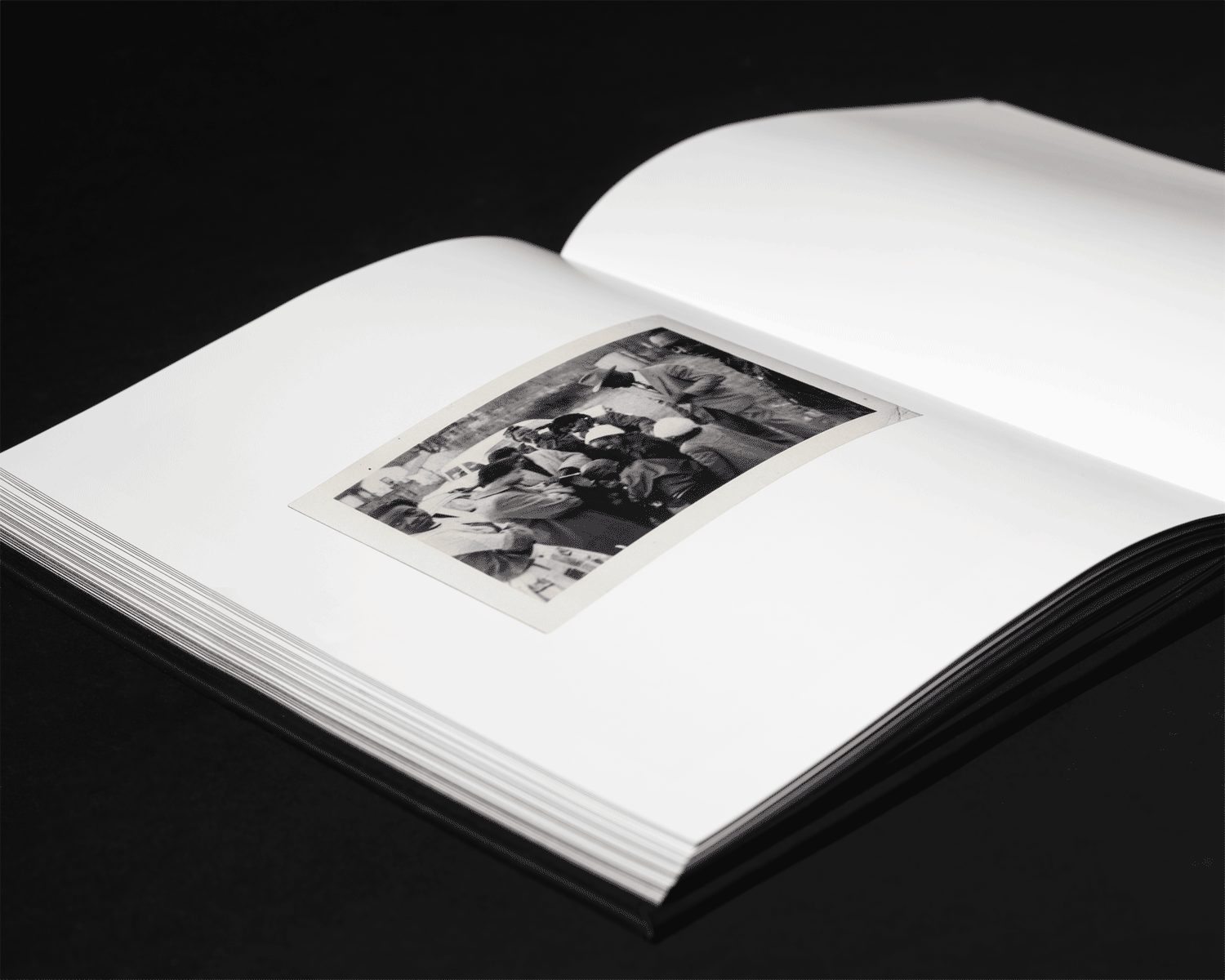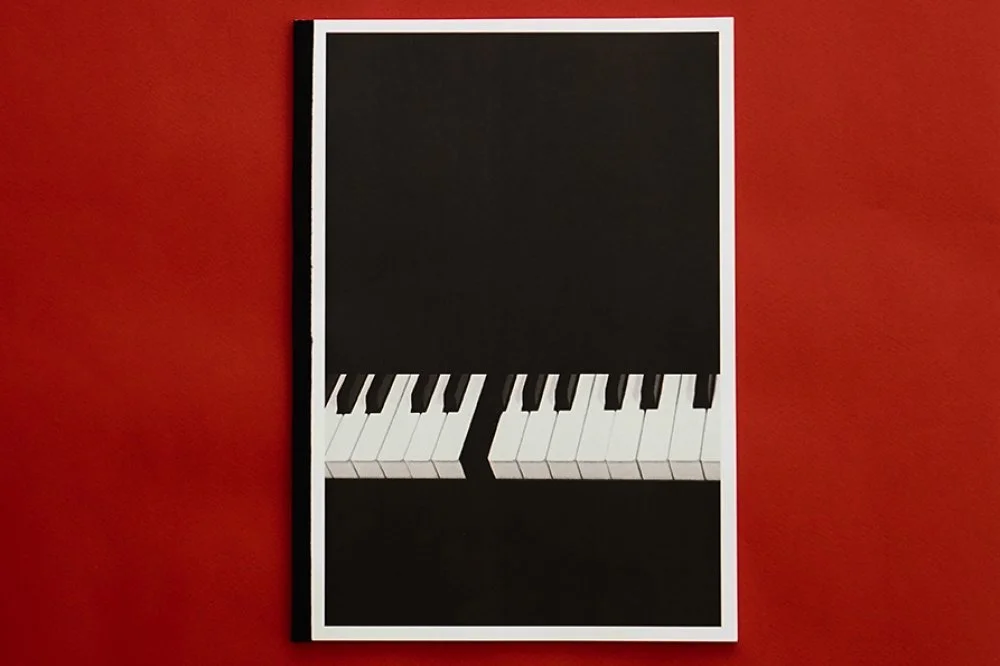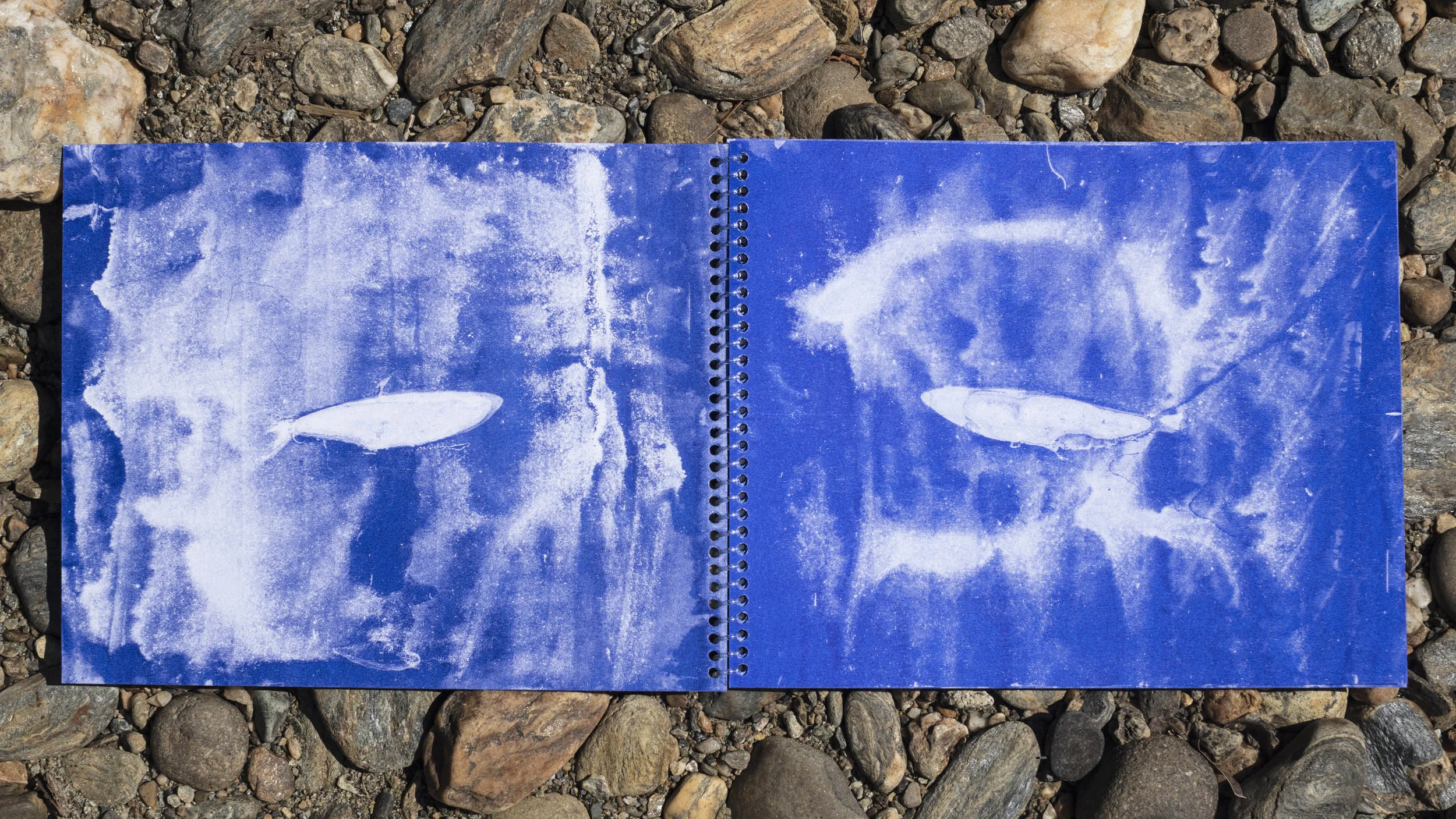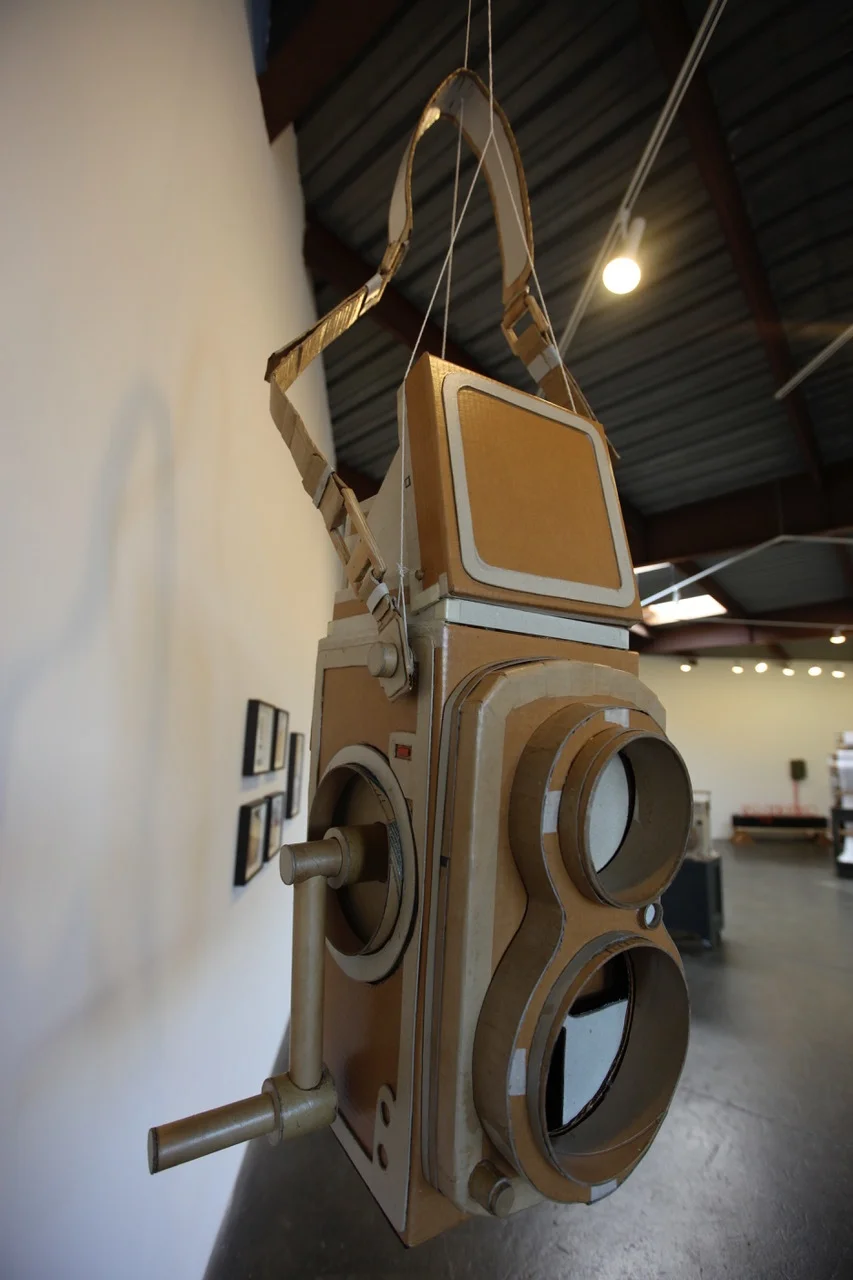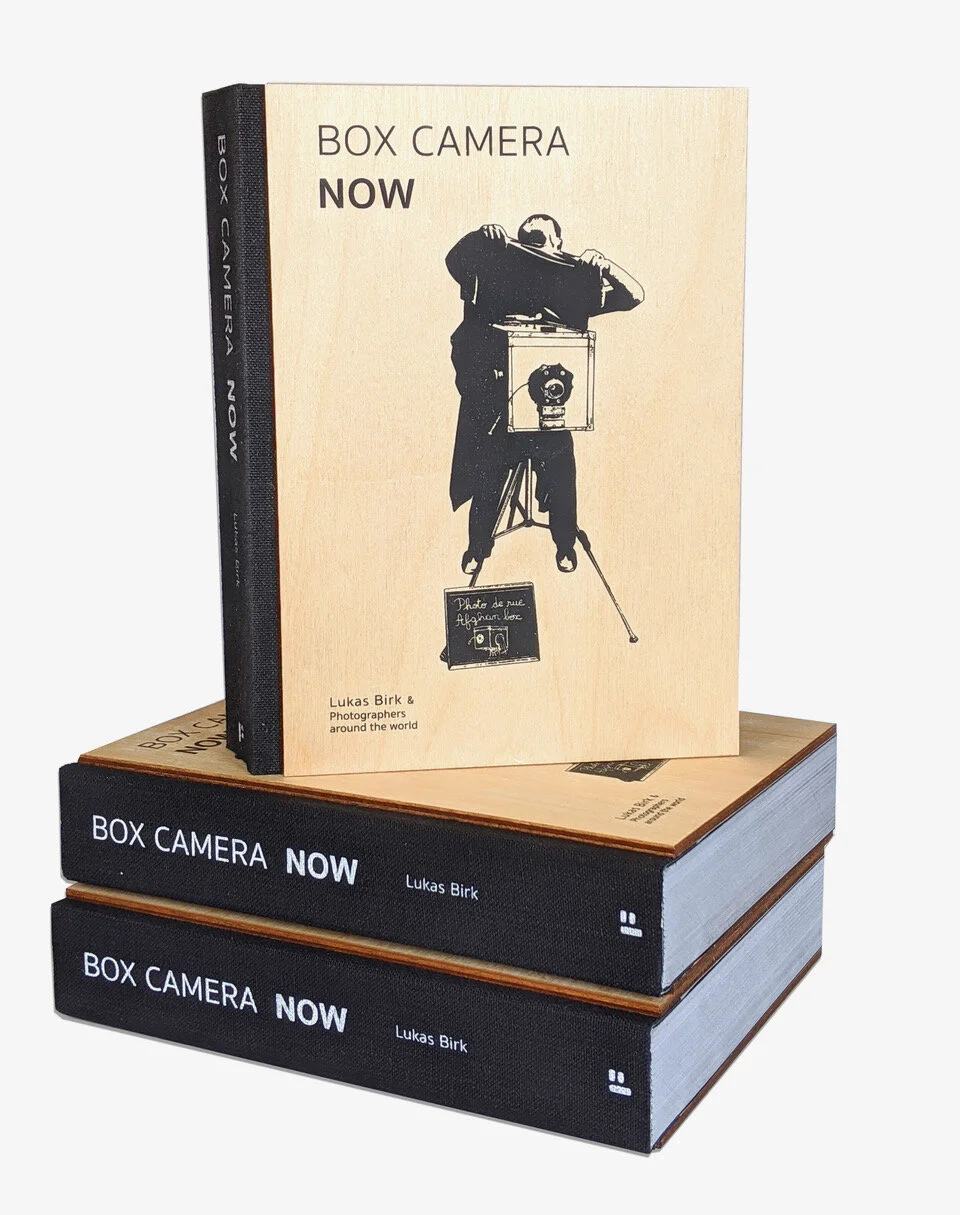Museums and universities hold some of the world’s best photography collections. Unlike works owned by private collectors, these institutions have a mission that includes sharing their collections with the public. But due to exhibition schedules and space constraints, many exquisite works are kept in storage for most of their lives. This series asks museum and university curators to mine their institution’s archives and share a selection of photographic works online for Don’t Take Pictures.
The Reykjavík Museum of Photography was founded in 1981 as a private enterprise, but since 1987 it has been owned by the City of Reykjavík. It operated as a separate body until 2014, when several museums merged to form the Reykjavík City Museum.
The Reykjavík Museum of Photography collection now comprises about six million photographs of many sizes and types, dating from 1860 to 2014. The subjects of the photographs are diverse—including studio portraits and press, industrial and commercial photographs by professionals, as well as landscapes and family photos by amateur photographers. A small selection of the collection, about 30,000 photographs, may be seen on the Museum's website.
The Museum’s collection spans a diverse range, for a number of reasons. Firstly, photographers in Iceland have tended not to specialise, but to work in a number of fields. The population of Iceland numbers only 330,000, so the market is small. And the Reykjavík Museum of Photography is one of only two museums of its kind in Iceland. Due to the revolution in technology—specifically with regard to digitisation—especially over the past decade, a huge number of photographs have been acquired. Photographic archives, naturally enough, make up the bulk of them.
During the time that photo archives have been added to the collection, Iceland has experienced a huge increase in culture-related tourism, and the Museum of Photography, like other museums in Iceland, has experienced a massive rise in demand for services. The task of processing and cataloguing the vast amount of new acquisitions is thus progressing only slowly. And we may say that only the tip of the iceberg is visible and accessible.
In processing the acquisitions, the challenge has been to spot photographs that have what a good photograph needs. It must be interesting, have narrative value, and—most importantly—it must touch the observer in some way. The Icelandic historical background is a major factor when examining the photographs, which span most of the 20th century, a period that was characterised by huge changes in society and technology. The majority of the photographs here date from 1950-1975, a time when Iceland—and photography—was flourishing. The foundation of the modern Republic of Iceland in 1944 and the end of World War II led to a period of unprecedented prosperity in the post-war years. All of these factors contribute to this selection of images—which is also intended to give a representative idea of the collection. The photographs are classified in four categories, in the usual manner: Commercial/industrial photographers, Press photographers, Amateur photographers, and Portrait photographers.
Commercial and Industrial Photographers
Gunnar Rúnar Ólafsson, Sigurhans Vignir, and Pétur Thomsen were active during this period of rapid development in Iceland, and that is reflected in their photography. At that time, the Icelandic economy was subject to foreign-exchange restrictions, which made for unusual and interesting developments within those limits.
Gunnar Rúnar Ólafsson (1917-1965) Children and teacher at play in Selfoss, south Iceland, c. 1960.
Pétur Thomsen (1910–1988) Reykjavík Harbour 1955-1960.
Sigurhans Vignir (1894-1975) Ground-breaking ceremony for Kópavogur Church, 1958.
Press Photographers
Press photography made a gradual start in Iceland around 1950, and by the late 1950s this field of photography was flourishing. Press photographers captured the rapidly changing society of the time. Here we see photographs by Gunnar V. Andrésson and Sveinn Þormóðsson.
Gunnar V. Andrésson (1950-) Brothers in Vopnafjörður, east Iceland, 1979.
Sveinn Þormóðsson (1926-2002) Women, cat, TV, 1964.
Amateur Photographers
Amateur photographers could permit themselves more freedom in choice of subject and approach than the professionals. Andrés Kolbeinsson’s photographs are characterised by an artistic sensibility; Peter Kidson was a Briton, who first came to Iceland during World War II; and Ingibjörg Ólafsdóttir was among the pioneers of mountain travel in Iceland, and an enthusiastic amateur photographer.
Andrés Kolbeinsson ( 1919-2009) Austurbar, 1957.
Ingibjörg Ólafsdóttir, Snæfellsjökull glacier, 1957.
Peter Kidson (1919-2010) In the Sunshine 1960-1970.
Portrait Photographers
Here we see an example from an earlier time, when photography was reserved for special occasions. Photographers travelled around the country, taking pictures. These archives are of great value. The photographs are generally taken out of doors in natural, soft light.
Magnús Ólafsson (1862-1937) Funeral from Reykjavík Cathedral, 1925-1930.
Pétur Leifsson, Little girls in Stykkishólmur, west Iceland, c. 1917.
Jóhanna Guðrún Árnadóttir is the Education and Exhibition Specialist for the Reykjavik City Museum.





































